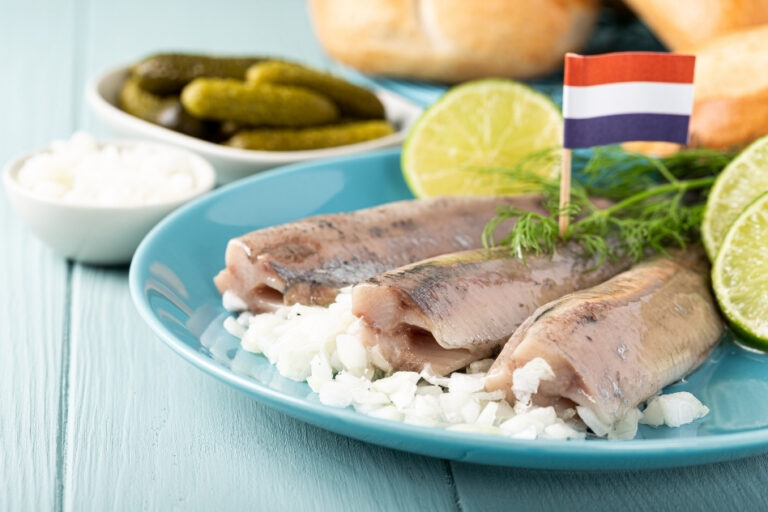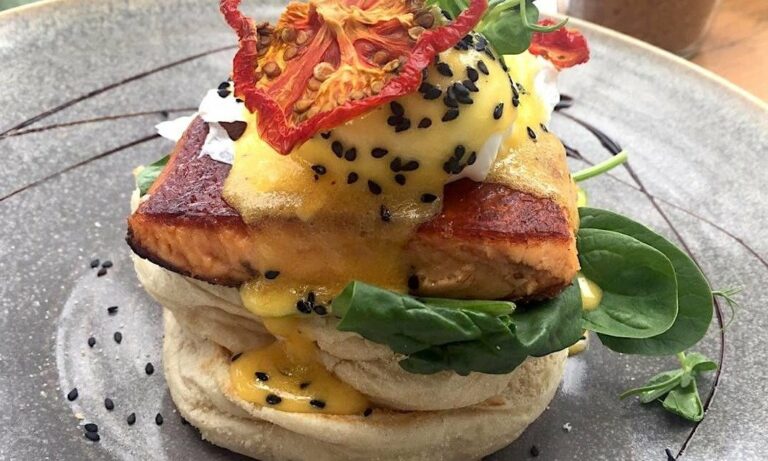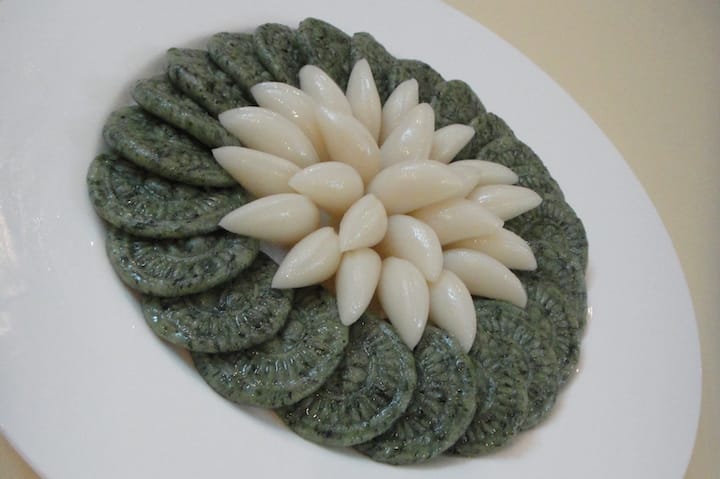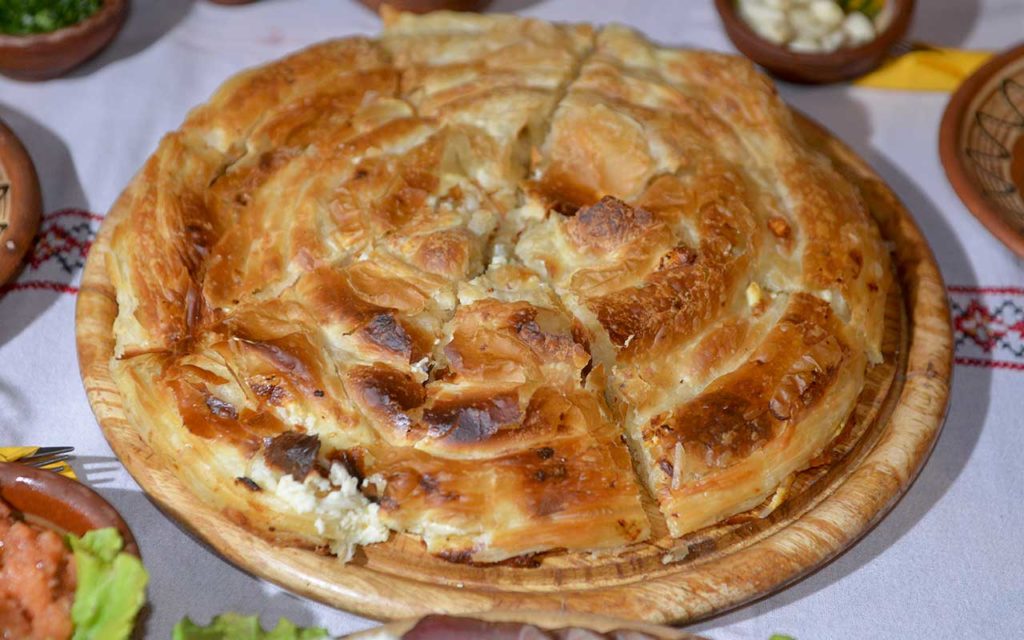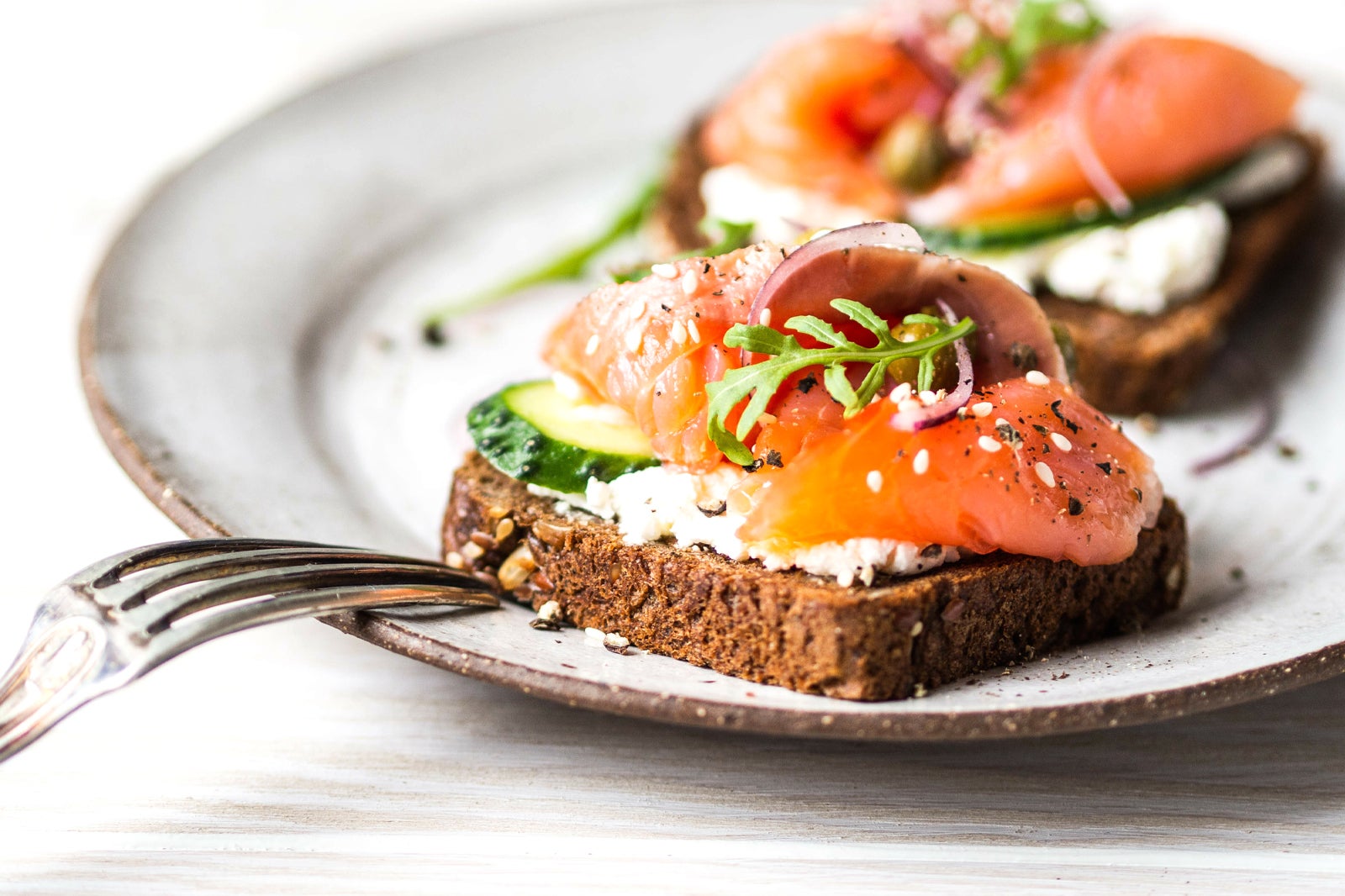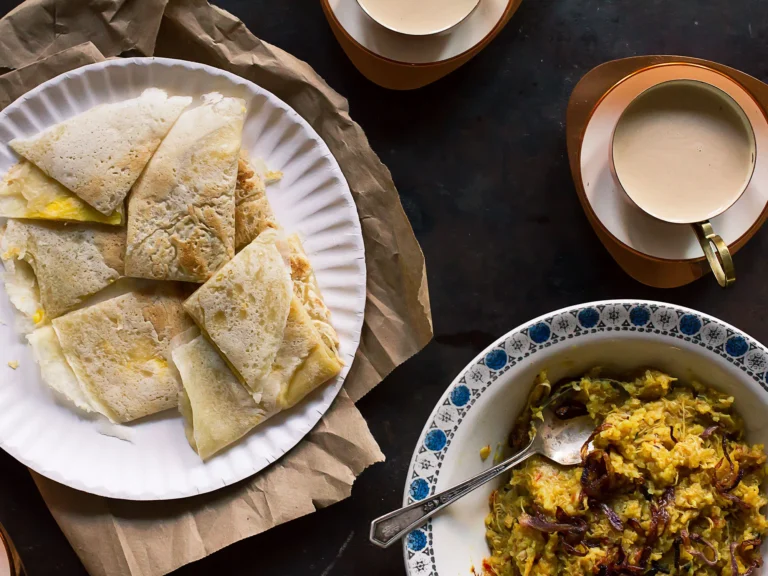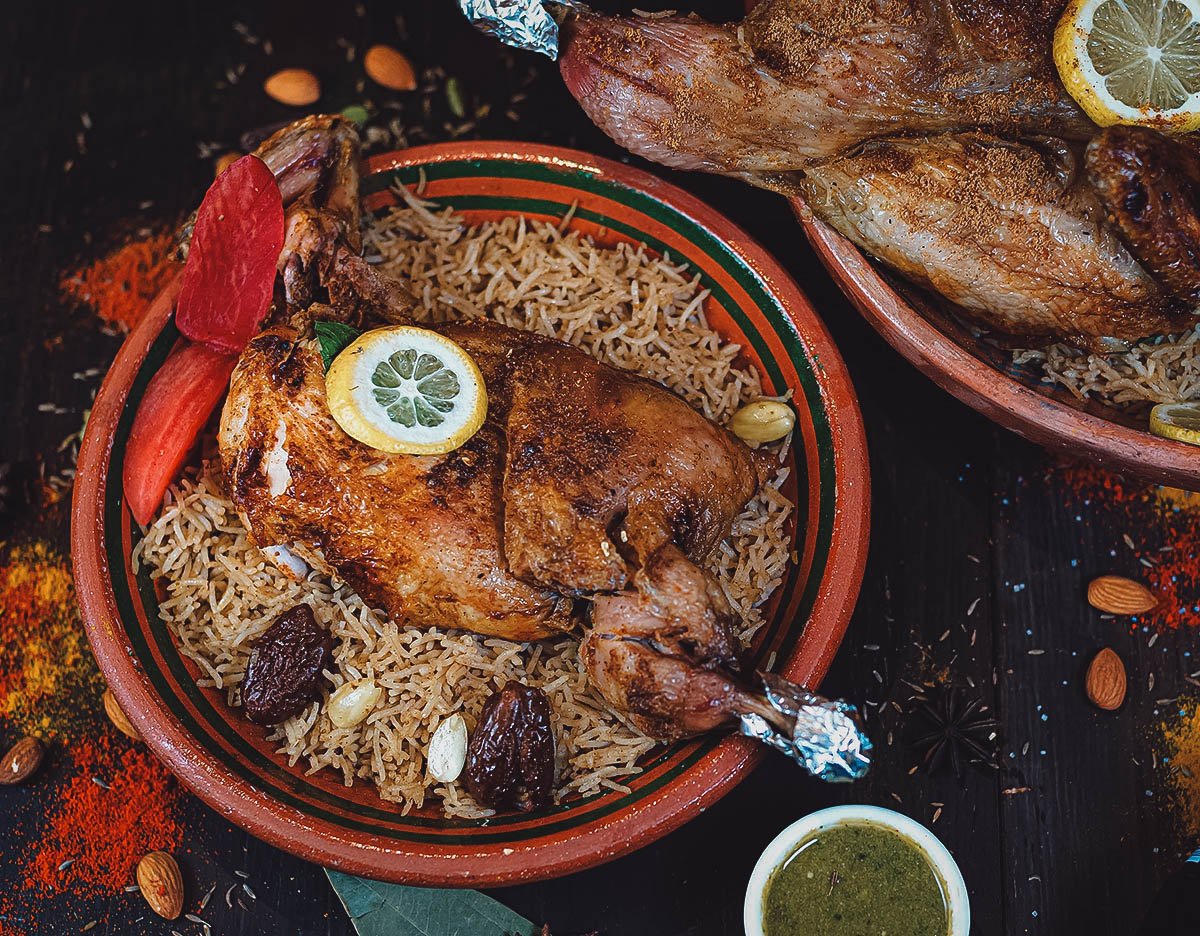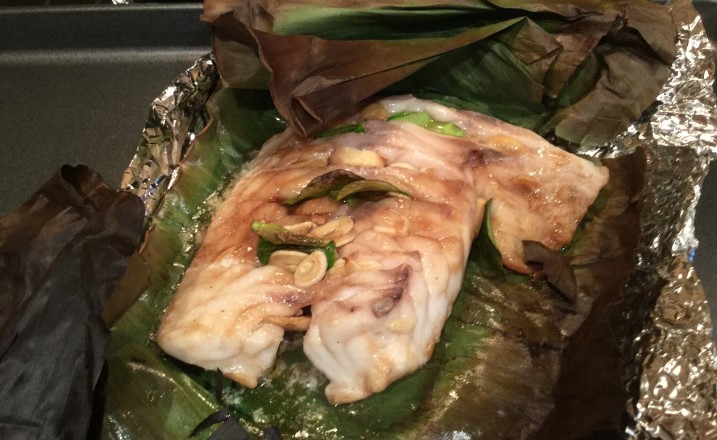Introduction: Dining in the Netherlands
Dining is an integral part of the Dutch culture, and it is considered as an opportunity to socialize and build relationships. The Netherlands is well-known for its culinary traditions, and the country boasts an array of cuisines that are both unique and delicious. Whether it is a family dinner or a formal business meeting, Dutch dining culture is an experience that should not be missed.
The Dutch dining culture: a brief overview
Dutch dining culture is centered around the concept of gezelligheid, which roughly translates to “coziness.” This concept emphasizes the importance of creating a warm and welcoming atmosphere, where people can relax and enjoy their meals. The Dutch are known for their love of coffee and tea, and it is customary for hosts to offer their guests a cup of coffee or tea as a sign of hospitality. Additionally, Dutch dining culture places a significant emphasis on family-style dining, where dishes are shared among the guests.
Dutch dining etiquette: table manners and behavior
In the Netherlands, table manners are essential, and guests are expected to follow certain etiquette rules. For example, it is customary to wait for the host to begin eating before starting your meal, and it is considered impolite to speak with food in your mouth. Additionally, when using utensils, the fork is held in the left hand, and the knife in the right hand. The hands should remain visible at all times, and elbows should be kept off the table.
Tipping in the Netherlands: what is customary?
In the Netherlands, tipping is not mandatory, but it is a common practice. It is customary to round up the bill to the nearest euro or leave a 5-10% tip, depending on the quality of service. However, tipping is often included in the bill, so it is essential to check before leaving an additional tip. In some cases, a service charge may be added to the bill, which makes additional tipping unnecessary.
Dutch cuisine: what can you expect on your plate?
Dutch cuisine is a fusion of traditional recipes and international flavors. The Dutch are known for their love of cheese, and you can expect to find an array of delicious cheeses on your plate, from Gouda to Edam. Additionally, the Netherlands is famous for its seafood, and dishes like herring and mussels are often served. Dutch cuisine also features meat dishes, such as meatballs and stews, as well as delicious pastries like stroopwafels and oliebollen.
Conclusion: Experiencing Dutch dining culture
Dining in the Netherlands is a unique experience, where guests can enjoy delicious food in a warm and welcoming atmosphere. From the traditional dishes to the table manners, Dutch dining culture is an essential part of the Dutch lifestyle. Whether you are a tourist or a local, experiencing Dutch dining culture is a must-do activity.

